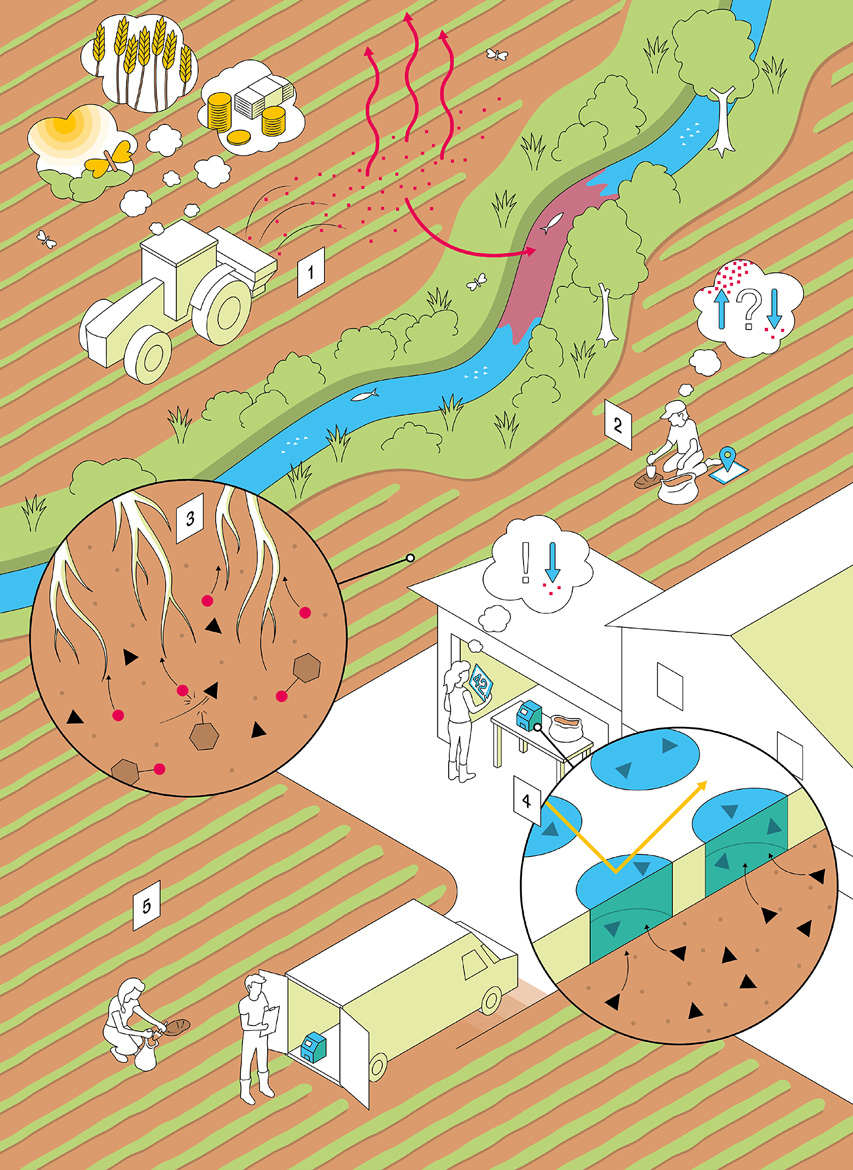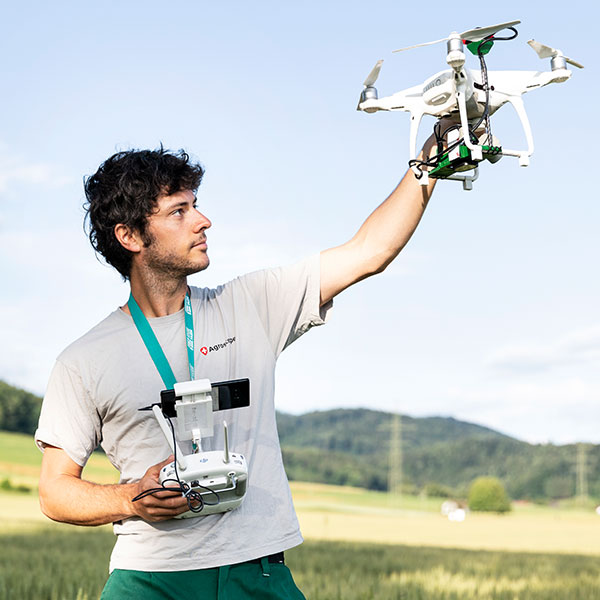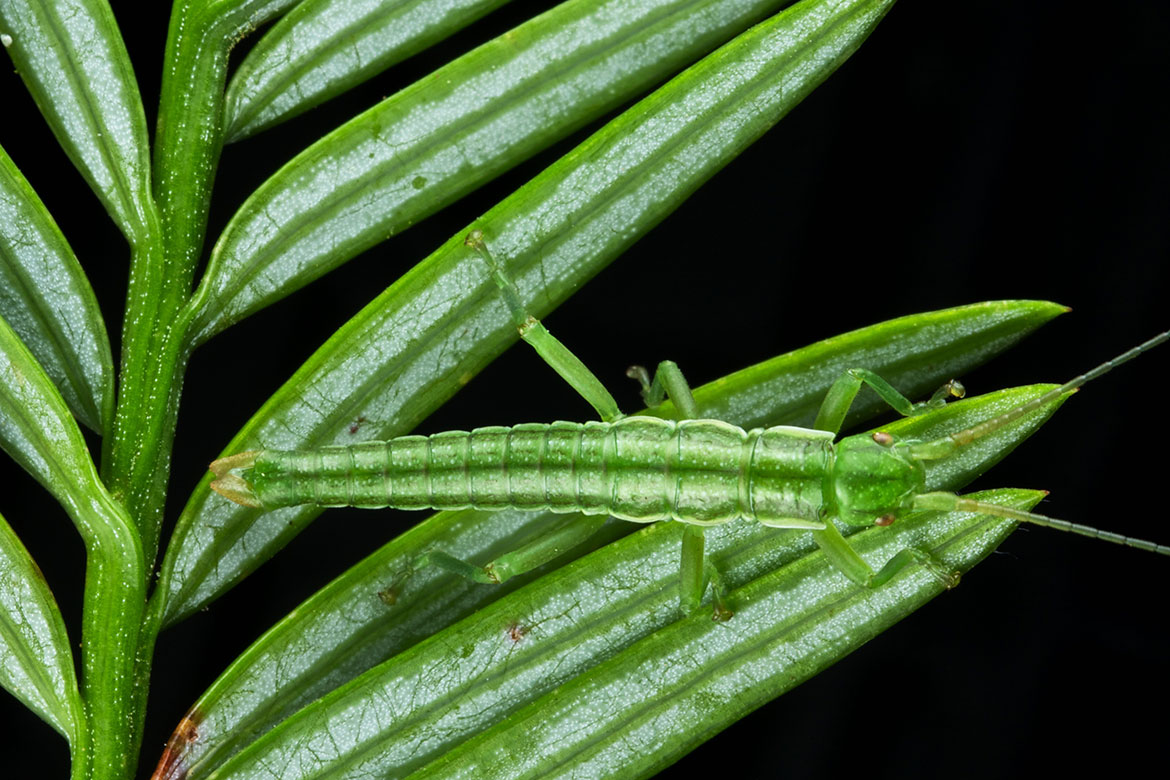HOW IT WORKS
Fertilising only when necessary
In agriculture, fertiliser is often added at the wrong time, and in quantities that are too high. A spin-off from ETH Zurich is aiming to help farmers optimise their fields by means of a simple measuring device.



